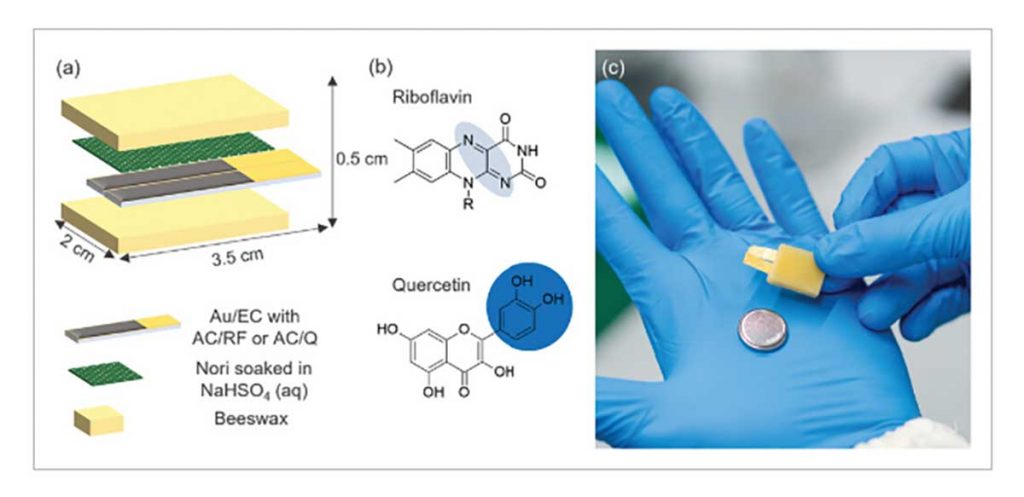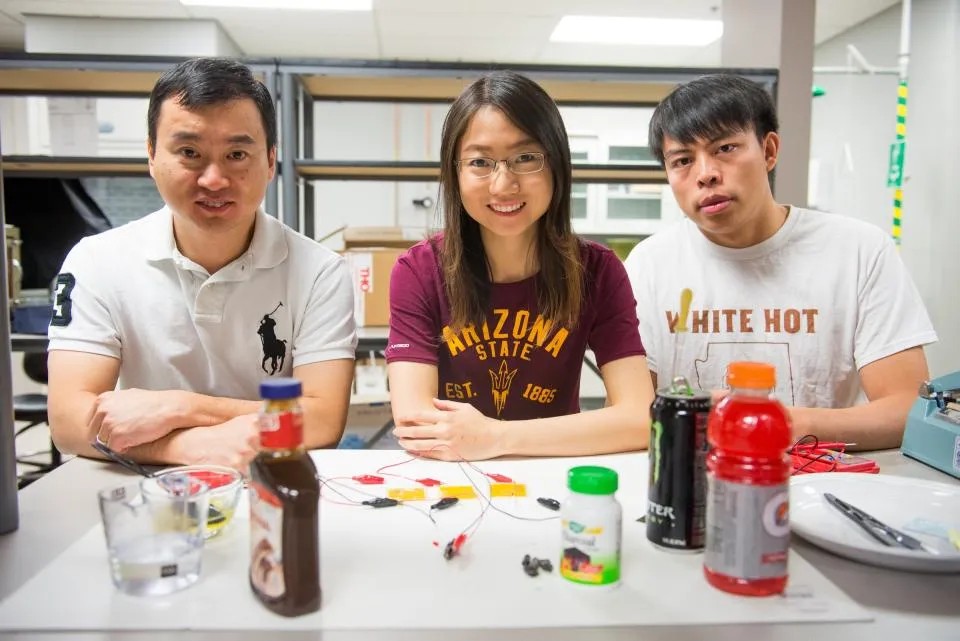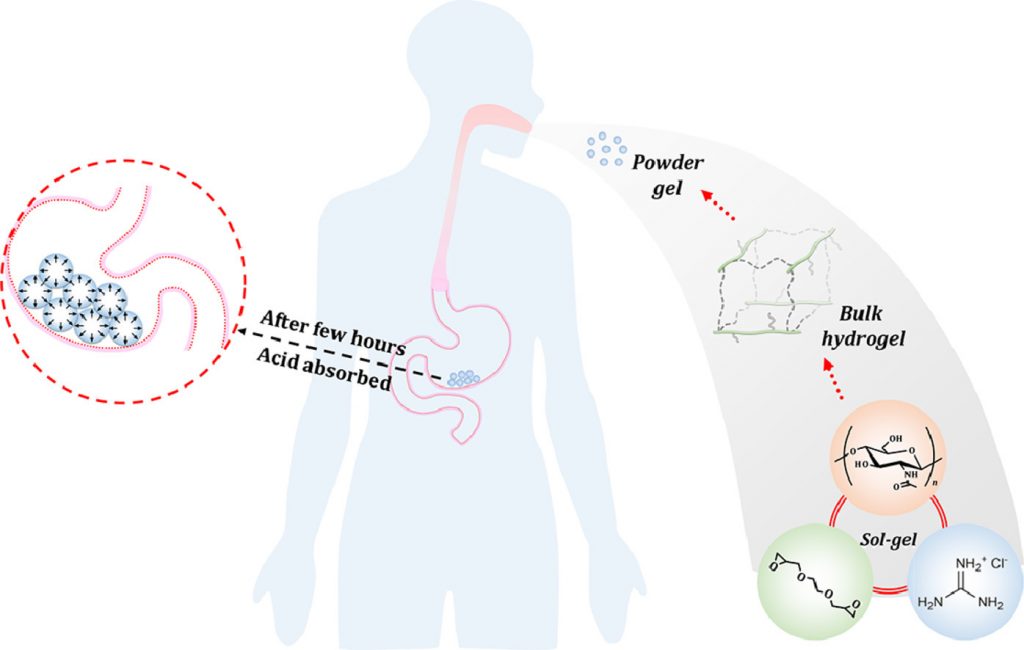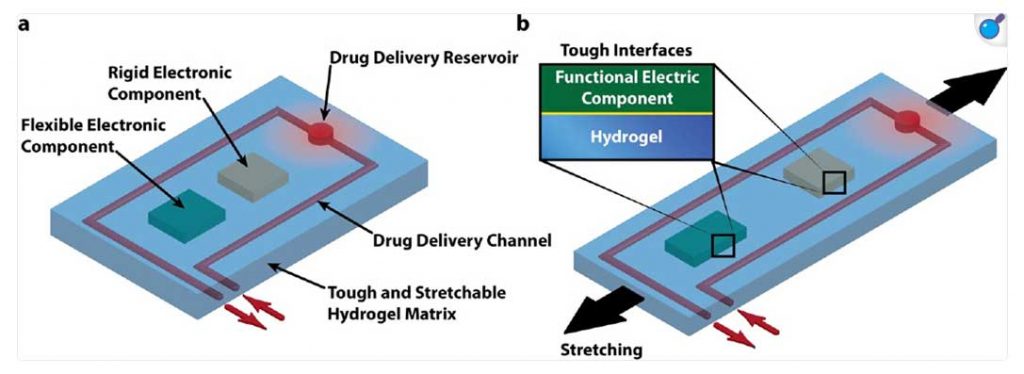Conventional electronics often rely on non-biodegradable materials, hazardous chemicals, and complex disposal processes, leading to significant environmental and health concerns. With an increasing focus on sustainability and safety, the field of edible electronics has emerged, aiming to create ingestible and bioresorbable electronic devices that align with green technology principles and help mitigate electronic waste.
In a groundbreaking fusion of food science and robotics, researchers are pioneering the development of edible electronic devices. This cutting-edge field promises to revolutionize healthcare, emergency response, and environmental sustainability.
This first one sounds like its straight out of Willy Wonka & the Chocolate Factory.
Led by Professor Dario Floreano’s ROBOFOOD project, researchers have created drones with edible wings made of rice cakes glued together with edible oils and chocolate, capable of providing sustenance and meeting nutritional needs in emergencies, along with digestible sensors that monitor gut conditions without requiring retrieval.
Such innovations are being designed for emergency rescue operations, providing both tools and nutrition.
Byte-Sized Innovation: Rechargeable Editable Battery

Complementing this, Dr. Mario Caironi’s ELFO project has developed the first rechargeable edible battery from common food ingredients, capable of powering swallowable medical devices.
These innovations aim to reduce electronic waste and create fully edible, functional robots and electronics, transforming sci-fi concepts into practical solutions for healthcare and crisis scenarios.
Edible Supercapacitors: Powering the Future from Within

Professor Hanqing Jiang from Arizona State University (ASU) has made significant strides in creating edible supercapacitors using everyday food ingredients. These devices, crafted from seaweed, cheese, and edible gold and silver foil, can store electrical energy and potentially power ingestible electronic devices.
We use food to function like electronics, says Hanqing Jiang, a professor of mechanical engineering who led the research, heading up a team of students. And everything works pretty well. The whole structure is kind of a sandwich.
The team mix egg white with carbon pellets then add water and more egg white. They apply the mixture to a bit of edible gold foil. They then layer together a slice of cheese and a sheet of gelatin with the egg-and carbon-covered gold foil.
On top of that they add a square of dried seaweed, (think roll sushi), which has been soaked with drops of energy drink. They stack more of the same materials together, and seal them in a sealing machine.
This innovation opens up new possibilities for internal health monitoring and drug delivery systems.
Digestible pH Capsules: Real-Time Stomach Monitoring

Building on their supercapacitor research, Jiang Hanqing’s team has developed an edible pH capsule capable of monitoring stomach acid levels in real-time. Once swallowed, this capsule enters the stomach and transmits data wirelessly before being naturally digested. This technology is expected to revolutionize the diagnosis and treatment of gastrointestinal disorders.
Edible Hydrogel Electronics: Long-Term Health Tracking

Researchers at MIT have created edible hydrogel electronic devices that can monitor core body signs for up to 30 days. This breakthrough, published in Nature Communications, brings us closer to realizing “edible jelly electronics” – a concept that could transform long-term health monitoring and personalized medicine.
Functional electronic components such as conductors, microchips, transducers, resistors, and capacitors are embedded inside or attached on the surface of the hydrogel.
Drug-delivery channels and reservoirs are patterned in the hydrogel matrix, and they can diffuse drugs out of the hydrogel to give programmable and sustained release of drugs.
As research continues, we can expect to see more applications of edible electronics in fields such as food safety, environmental monitoring, and even space exploration. With this emerging field, the future of edible electronics looks exciting if not exactly delicious.
Related article: Chang’e-7 China’s 2026 Moon Mission to Find Water Ice








